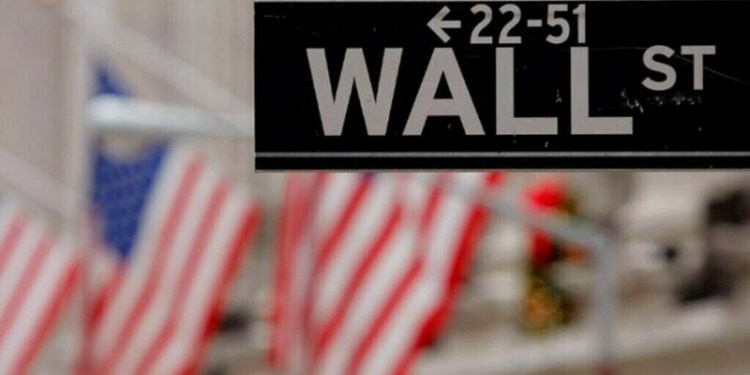NEW YORK: The US dollar fell in choppy trading on Thursday as investors took profits from a rally that sent the greenback to its highest levels of the year and awaited payrolls data for April.
The dollar has erased all its 2018 losses in the past two weeks on expectations the Federal Reserve will continue to raise interest rates while other central banks, including the European Central Bank, take longer to reduce stimulus.
Further dollar gains will likely depend on data showing additional improvement in growth and inflation, which could compel the US central bank to raise rates this year an additional three times.
“We are coming at key support points for the euro/dollar and pound/dollar and the market wants to see more positive US data before it takes the dollar higher,” said Boris Schlossberg, managing director of FX strategy at BK Asset Management in New York.
The dollar index fell 0.13 percent to 92.395, below Wednesday’s 2018 high of 92.834.
Friday’s employment report for April will be evaluated for further indications of the strength of the US labor market and inflation pressures.
The Fed on Wednesday held interest rates steady and expressed confidence that a recent rise in inflation to near the central bank’s target would be sustained, leaving it on track to raise borrowing costs in June.
Some analysts interpreted its comments on inflation as a signal it may allow price rises beyond its target, a stance that would limit the need for it to embark on a more aggressive path of tightening.
Comments from the Fed were “possibly disappointing for dollar bulls,” but the main reason for the euro’s resilience on Thursday was profit-taking after the dollar’s rapid move higher, said Jane Foley, currencies strategist at Rabobank.
Data on Thursday showed that new orders for US-made goods rose more than expected in March, boosted by strong demand for transportation equipment and a range of other products, but there are signs that business spending on equipment is slowing.
The US trade deficit, meanwhile, narrowed sharply in March as exports increased to a record high amid a surge in deliveries of commercial aircraft and soybeans, bolstering the economy’s outlook heading into the second quarter.
Euro zone inflation slowed to 1.2 percent year-on-year in April, down from 1.3 percent in March, and core inflation fell even more, raising questions about the ECB’s plan for withdrawing its monetary stimulus.
Source: Brecorder
























